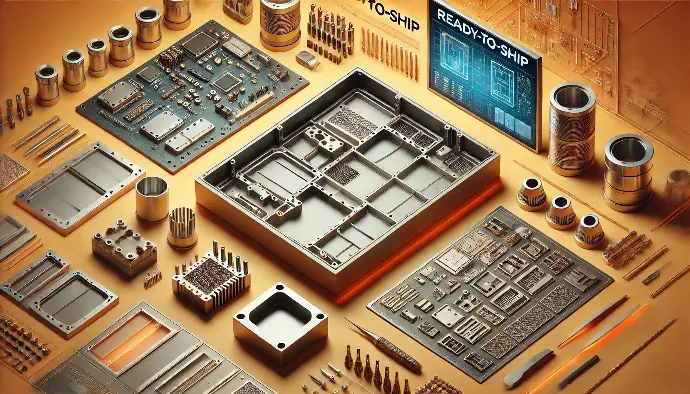Injection molding is a cornerstone of modern manufacturing, prized for its ability to produce high-quality plastic parts with precision and efficiency. While it offers a range of benefits, there are also some considerations to keep in mind. This article highlights the key advantages and things to watch out for when using injection molding, helping you make more informed decisions for your projects.
Pros:
- High Precision and Quality: One of the biggest strengths of injection molding is its ability to produce parts with tight tolerances and smooth finishes. This ensures that every part in a large production run is consistent, which is essential when uniformity is critical to your product.
- High Production Rates: Injection molding is incredibly efficient, allowing manufacturers to produce large quantities of parts quickly. The process can be automated, which reduces labor costs and makes it a cost-effective solution for mass production.
- Cost-Efficiency in Large Volumes: Although the initial setup costs for molds and tooling can be high, the cost per part decreases significantly as production scales up. This makes injection molding a smart choice for projects requiring high volumes, as it provides an excellent return on investment.
- Material Variety: With injection molding, you have access to a broad selection of thermoplastics, giving you flexibility in choosing the right material for your specific needs. Whether you need a material that’s tough, flexible, or resistant to heat and chemicals, injection molding can accommodate it.
- Complex Shapes: Another major advantage of injection molding is its capability to produce intricate and complex shapes. With well-designed molds, even the most detailed parts can be manufactured efficiently, which is great news for innovative product designs.

Cons:
- Initial Costs: One of the challenges of injection molding is the initial investment in tooling and mold setup, which can be significant, especially for complex designs. However, this cost is often justified in high-volume production, where the cost per part drops considerably.
- Material Selection: While injection molding works well with many thermoplastics, some materials can be tricky to work with, particularly those with poor flow characteristics. It’s important to carefully select the right material and optimize the process to avoid issues.
- Cycle Times: Parts with thicker walls or complicated designs might require longer cooling times, which can slow down the production process slightly. Finding the right balance between design complexity and production efficiency is key to keeping things running smoothly.
- Design Flexibility: Injection molding works best when certain design guidelines are followed, such as maintaining uniform wall thickness. While this ensures better material flow and reduces defects, it can also limit some aspects of design creativity.
- Environmental Impact: Although many of the materials used in injection molding are recyclable, the process can generate some waste, such as excess material from runners and sprues. By choosing recyclable materials and optimizing the mold design, you can help minimize the environmental footprint.
For ready-to-ship enclosures or custom mold-making services tailored to your needs, contact us today to explore how we can support your next project!
















